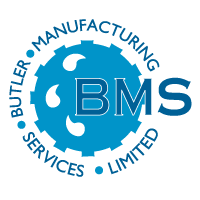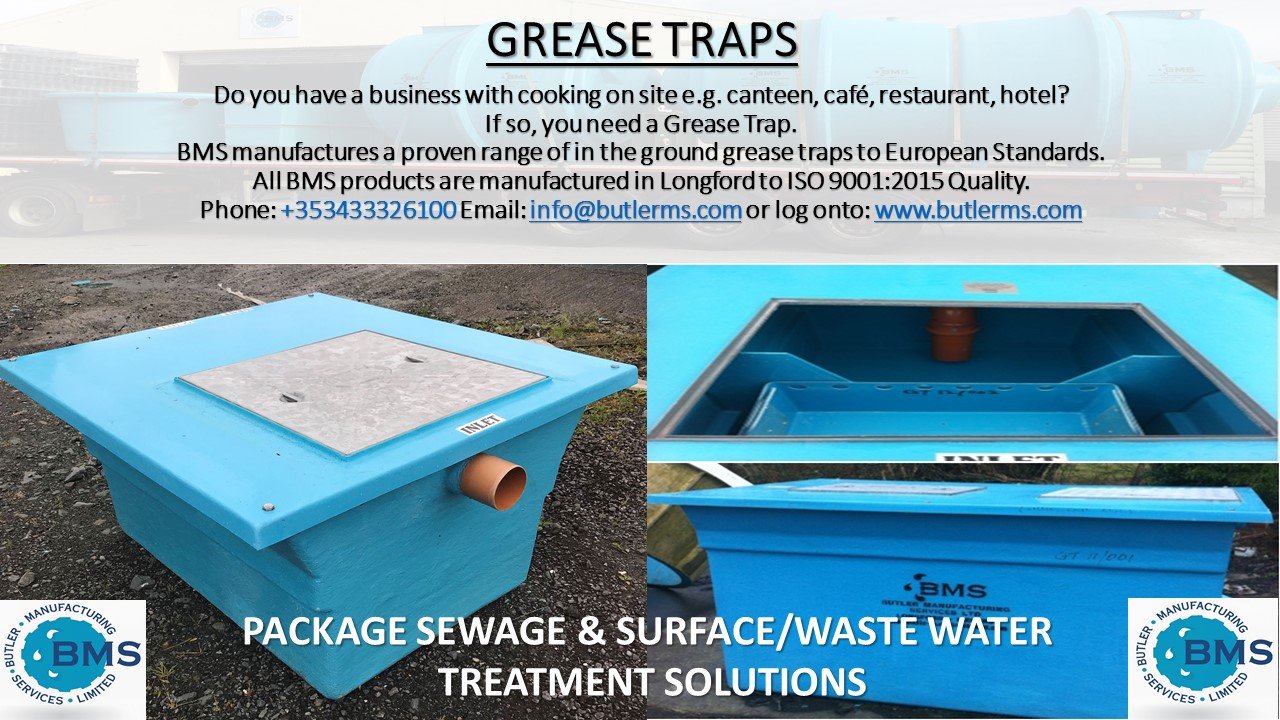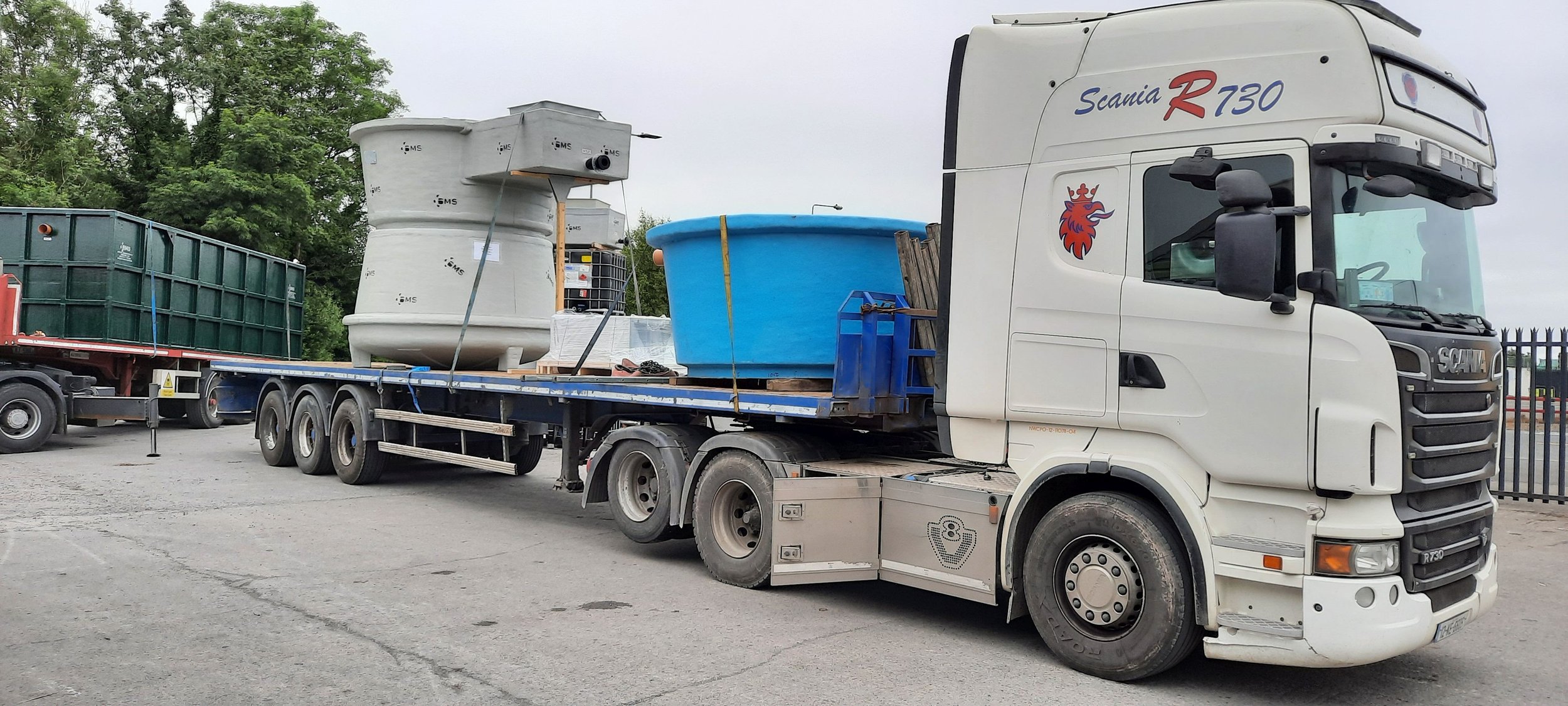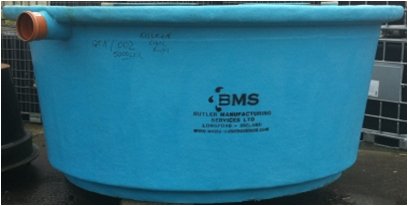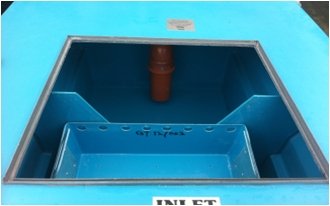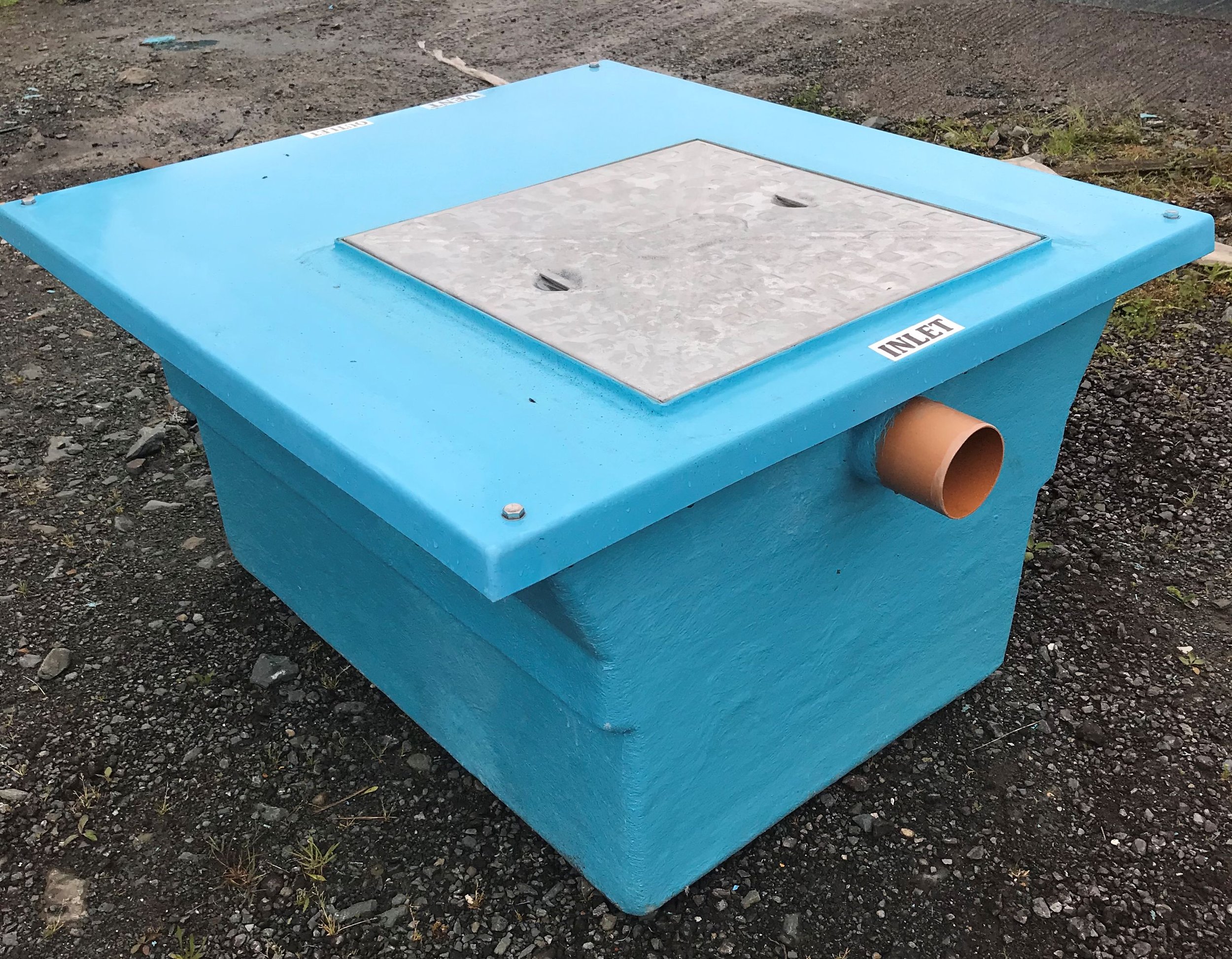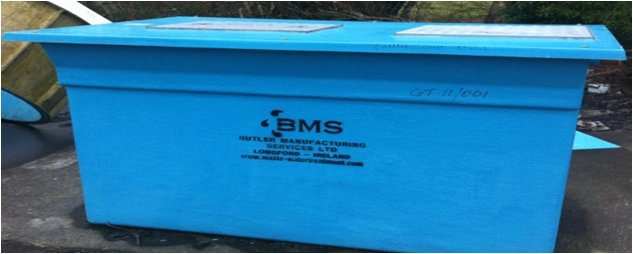Grease Traps
BMS have designed a range of static grease traps, which require no power and very low maintenance but are highly effective. BMS Grease Traps have been designed to suit the needs of catering facilities large and small such as restaurants, delis, fast food outlets and large kitchens such as hotels, along with the food and meat processing industries and are compliant with the current EU guidelines EN 1825 1&2.
Why do you need a grease trap?
1. All premises where commercial level catering is taking place including cafes, restaurants, pubs, schools and hotels are obliged to have properly sized and maintained Grease Traps to reduce Fats, Oil & Grease (FOG) in place on all wastewater lines from kitchens.
2. FOG is one of the most common reasons why sewage pipes block as it starts to cool and solidify only a few metres down the discharge pipe and will eventually form solid masses.
3. If you have your own sewage treatment system, high levels of FOG in sewage will stop your treatment system from working properly and lead to poor quality effluent and odour problems. The BMS Grease Trap Range is a highly effective long term solution to prevent or fix this problem.
How Do Grease Traps Work?
BMS Grease Traps are installed 10-20 metres downstream from a kitchen on the kitchen wastewater discharge pipe. When the kitchen wastewater reaches the Grease Trap, it will have cooled to less than 40°C. Any Fats/Oil/Grease (FOG) will then separate from the wastewater by specific gravity, ensuring the wastewater discharged into the sewer is grease free to normal discharge standards.
BMS have a unique 37+ years of experience in 50+ countries treating sewage and wastewater. There are many types of products on the market designed to remove/treat grease but we have found repeatedly that by far the most effective method is the installation of a static Grease Trap, such as designed and manufactured by BMS.
Advantages
|
Delivered ‘Ready to Go’ |
Manufactured to EN1825 |
|
Minimal Civil Works |
Large Grease Storage Capacity |
|
No Power Requirement |
20+ Year Lifespan |
|
ISO 9001:2015 Quality |
Fully Road/Container Transportable |
|
BMS unbeatable 37+ Year Track Record in 50+ Countries |
|
|
Full Irish/EU Design & Manufacture |
|
|
Full Design Support |
|
Materials/Manufacture/Certification
All BMS Grease Traps are manufactured by BMS in our Irish World Class Manufacturing (WCM) facility under an NSAI validated ISO 9001:2015 Quality Management System. They are manufactured in rot/corrosion proof GRP/FRP (Glass Reinforced Polyester) using only Lloyds rated resins that have an expected life span of 50+ years. BMS Grease Traps are designed and manufactured to:
I.S. EN 1825-1-2001 Part 1: Principles of Design, Performance & Testing, Marking & Quality Control
I.S. EN 1825-1-2001 Part 2: Selection of Nominal Size, Installation & O&M.
| Model Reference | GT01 | GT02 | GT04 | GT08 |
|---|---|---|---|---|
| Nominal Size (L/Sec) | 1 | 2 | 4 | 8 |
| Total Volume (L) | 383 | 772 | 1505 | 2742 |
| Grease Separator Volume (L) | 240 | 480 | 960 | 1920 |
| Sludge Trap Volume (L) | 100 | 200 | 400 | 800 |
| Standard Pipe Size Ø (mm) | 100 | 100 | 100 | 150 |
| Dimensions(mm) | 1245(L)x1160(W)x668(H)mm | 1220(L)x1180(W)x1190(H)mm | 1980(L)x1295(W)x1190(H)mm | 2650(L)x1730(W)x1190(H)mm |
Clients
BMS has worked with clients all over the world including KBR, Bechtel, US Military, British Military, UN, MSF, Vinci, Center Parcs, ESB, Sisk, Roadbridge, OPW, Irish Water, Dublin Port, IBM, Irish Local Authorities, UCC, Arup, Atkins, AECOM & Coffey Water to name a few.
Delivery
For ease of delivery BMS Grease Traps are delivered fully assembled & ready to go via a standard Trailer/Container. They are normally offloaded and placed using suitable slings.
Installation
BMS Grease Traps are delivered ‘ready to go’ and can be installed immediately. Full instructions are available on request.
Grease Traps should be installed at such a distance away from the source of kitchen wastewater to allow the incoming flow to cool to approximately 40°C at the inlet for best grease separation to occur, the distance is usually 10-20 m from the kitchen wastewater source but can vary. Long pipe runs are not recommended as separation in the pipe may occur, which can lead to blockages.
Grease Traps must be fitted before the foul sewer. Wastewater flows to grease traps cannot contain any sewage.
Grease Traps should be placed on a 20 N concrete slab allowing 225 mm extra around the sides. If the Grease Trap will only be pedestrian loaded and subject to suitable ground conditions a pea gravel surround is sufficient.
If the Grease Trap is going to be traffic loaded, it will require a 225 mm lean mix surround and a suitable non weight bearing slab. The grease trap should be filled with clean water equal to the backfill.
The inlet/outlet pipe are then connected to the Grease Trap along with the vent pipe.
Maintenance
For a Grease Trap to function properly it must be regularly inspected and emptied when full.
A Grease Trap should initially be inspected on a daily basis to estimate the amount of grease being deposited.
A normal time until the Grease Trap requires emptying can then be determined. Once a normal emptying time is established, daily inspections are no longer necessary but are recommended. At a minimum, full weekly inspections are required.
It is required that the Grease Trap is emptied as soon as practicable if approaching full and immediately if full.
When the grease trap has been fully cleaned it should be topped up with cold water. This can be done by inserting a hose into the Grease Trap or by simply turning on a cold tap in the kitchen that feeds into the grease trap.
Fats, Oil & Grease (FOG) are normally removed from the Grease Trap by a licensed contractor via suction tank.
Used cooking oil should be cooled and re-drummed in the kitchen area and not discharged into sinks etc. However, if some is discharged into the system it will collect in the separator but will not solidify.
The use of enzymes, coalescers, heating elements or the over use of degreasers is not permitted as it will prevent the FOG from separating in the Grease Trap and will cause problems further down the pipeline or in the sewage treatment plant.
All Fats, Oil & Grease should be disposed of in compliance with relevant local and national regulations.
